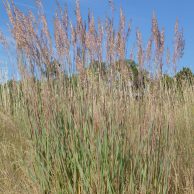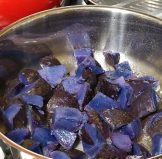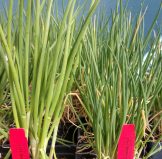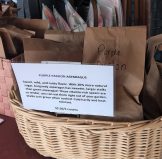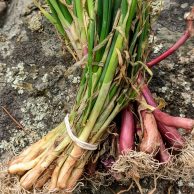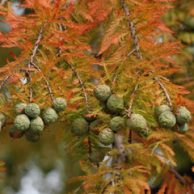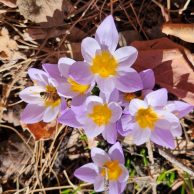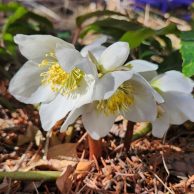 The pickling and slicing cucumber starts from Harlequin’s Gardens are now producing a bounty of cucumbers in community gardens! This salad is easy to make and great for a hot summer day!
The pickling and slicing cucumber starts from Harlequin’s Gardens are now producing a bounty of cucumbers in community gardens! This salad is easy to make and great for a hot summer day!
INGREDIENTS
2 large cucumbers, quartered lengthways
2 garlic cloves, peeled and crushed
2 tsp rice-wine vinegar
3 tbsp lime juice
3 tsp flaked sea salt
3 tbsp sunflower oil
2 spring onions, trimmed and finely sliced on an angle
½ tbsp black sesame seeds
FOR THE DRESSING
1/3C tahini
2 tbsp soy sauce (or tamari, to make the dish gluten-free)
1½ tbsp mirin
1½ tbsp rice-wine vinegar
PREPARATION
Scoop out and discard the seeds from the cucumber quarters, then cut the flesh widthways into chunky pieces. Put the cucumber in a bowl with the garlic, vinegar, lime juice and three teaspoons of flaked sea salt, then mix with your hands, lightly crushing the cucumber pieces as you do so.
Gently heat the oil in a small saucepan until warm – about two minutes – then pour over the cucumber and leave to marinate on a counter for two hours.
Whisk all the dressing ingredients and two tablespoons of water until you end up with a very
smooth sauce (it will seize up a bit to start with but persevere and it will come together smoothly).
Pour the tahini mixture on to a large plate with a lip, so it naturally pools into a circle in the middle.
Drain the cucumbers very well, discarding the liquid, then pile on top of the sauce. Scatter over the sliced spring onion and the sesame seeds and serve at once.
This recipe was adapted from Yotam Ottolenghi’s recipe which was featured in The Guardian on Red Hill Medical Center’s website, along with a great collection of additional fresh, healthy recipes.
https://www.theguardian.com/food/2019/jul/13/yotam-ottolenghi-tomato-cucumber-freekeh-tabbouleh-
summer-salad-recipes




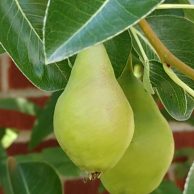 The Environmental Working Group (EWG) publishes an annual ‘Dirty Dozen’ report on toxic residue on non-organic produce, and in the 2024 report
The Environmental Working Group (EWG) publishes an annual ‘Dirty Dozen’ report on toxic residue on non-organic produce, and in the 2024 report  Boulder herbalist and wellness coach Mitten Lowe offers this cooling tea blend. Read more at her website
Boulder herbalist and wellness coach Mitten Lowe offers this cooling tea blend. Read more at her website  We
We  We’re seeing cherries everywhere we go this summer! There were so many on the trees in the Harlequin’s Wholesale area that our Retail Manager Beth just had to make a pie for our co-workers.
We’re seeing cherries everywhere we go this summer! There were so many on the trees in the Harlequin’s Wholesale area that our Retail Manager Beth just had to make a pie for our co-workers.

 It’s officially Summertime. We are struggling with an unprecedented June heat-wave and very low precipitation. But along with the heat, sun and lack of significant rainfall, there are some wonderful things happening that we can appreciate and be grateful for, like the bold, stand-out colors of summer blooms! Of the summer-blooming perennials we grow, both native and non-native, many are in bud or starting to bloom, are looking great and are ready now to bring out for sale. They ALL provide important sustenance for our pollinators, from tiny native bees, wasps and flies, to bumblebees, butterflies, and hummingbirds! And most are in 4” ‘deep pots’, easier to establish in the heat of the summer!
It’s officially Summertime. We are struggling with an unprecedented June heat-wave and very low precipitation. But along with the heat, sun and lack of significant rainfall, there are some wonderful things happening that we can appreciate and be grateful for, like the bold, stand-out colors of summer blooms! Of the summer-blooming perennials we grow, both native and non-native, many are in bud or starting to bloom, are looking great and are ready now to bring out for sale. They ALL provide important sustenance for our pollinators, from tiny native bees, wasps and flies, to bumblebees, butterflies, and hummingbirds! And most are in 4” ‘deep pots’, easier to establish in the heat of the summer!

 Fire-wise landscaping should focus on creating a ‘defensible space’ around your home. In “Firewise Plant Materials,” a fact-sheet for the CO Cooperative Extension, F. C. Dennis defines this: “Defensible space is the area between a structure and an oncoming wildfire where nearby vegetation has been modified to reduce a wildfire’s intensity,” and therefore, reduces risk to property.
Fire-wise landscaping should focus on creating a ‘defensible space’ around your home. In “Firewise Plant Materials,” a fact-sheet for the CO Cooperative Extension, F. C. Dennis defines this: “Defensible space is the area between a structure and an oncoming wildfire where nearby vegetation has been modified to reduce a wildfire’s intensity,” and therefore, reduces risk to property. Acantholimon Ready for Sale!
Acantholimon Ready for Sale! There are plenty of insects that eat plants and these can be damaging. At Harlequin’s we usually recommend supporting plant and soil health, creating diversity and allowing some insect damage before acting. With some pests, it is good to be prepared to act quickly, and sometimes there isn’t a good solution. Even poisons, which we never recommend, can be ineffective.
There are plenty of insects that eat plants and these can be damaging. At Harlequin’s we usually recommend supporting plant and soil health, creating diversity and allowing some insect damage before acting. With some pests, it is good to be prepared to act quickly, and sometimes there isn’t a good solution. Even poisons, which we never recommend, can be ineffective. With Summer come pest problems. Eggs hatch and spores germinate, and plants are food for all of us folks that don’t photosynthesize. So, what can we do? Share and defend, intelligently.
With Summer come pest problems. Eggs hatch and spores germinate, and plants are food for all of us folks that don’t photosynthesize. So, what can we do? Share and defend, intelligently. Welcome to Summer! Experientially, summer began last week with several days of intense heat that were challenging for people, pets, other critters, and plants. But in terms of hours of sunlight, the longest day of the year in the Northern Hemisphere will occur this Thursday, June 20 at 2:50 pm here in Colorado, officially beginning our summer season. Mikl has some thoughts on one of the interesting opportunities the Summer Solstice offers for gardeners with trees and shrubs.
Welcome to Summer! Experientially, summer began last week with several days of intense heat that were challenging for people, pets, other critters, and plants. But in terms of hours of sunlight, the longest day of the year in the Northern Hemisphere will occur this Thursday, June 20 at 2:50 pm here in Colorado, officially beginning our summer season. Mikl has some thoughts on one of the interesting opportunities the Summer Solstice offers for gardeners with trees and shrubs.  We’re celebrating all month, and we’d love to encourage you to support pollinators in your gardens.
We’re celebrating all month, and we’d love to encourage you to support pollinators in your gardens.  It’s not ideal, but sometimes you have to plant in the middle of a heatwave. Fortunately, it can be done successfully, even here in the high, windy and dry zone. High temperatures, wind and strong sunlight cause water to evaporate from plant leaves faster than the roots can take up water.
It’s not ideal, but sometimes you have to plant in the middle of a heatwave. Fortunately, it can be done successfully, even here in the high, windy and dry zone. High temperatures, wind and strong sunlight cause water to evaporate from plant leaves faster than the roots can take up water.

 We finally got a chance to bring out our excellent and unique selection of Native Conifers! Most of them are special dwarf forms that can easily fit in a home garden. These accent plants can give structure and winter interest to elevate your garden design in all seasons.
We finally got a chance to bring out our excellent and unique selection of Native Conifers! Most of them are special dwarf forms that can easily fit in a home garden. These accent plants can give structure and winter interest to elevate your garden design in all seasons. We know that not all of customers live in a house with a yard. Many of you live in apartments or condominiums or townhomes and have only a balcony or a very small patio on which to grow anything outdoors. We would love to help you make the most of your outdoor space, even if it’s tiny.
We know that not all of customers live in a house with a yard. Many of you live in apartments or condominiums or townhomes and have only a balcony or a very small patio on which to grow anything outdoors. We would love to help you make the most of your outdoor space, even if it’s tiny.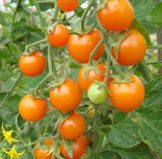
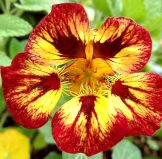
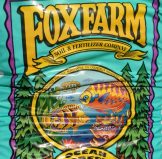
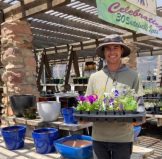 TERRACOTTA (unglazed, low-fire clay)
TERRACOTTA (unglazed, low-fire clay)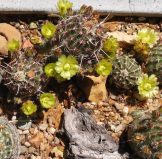

 Right now, we have our biggest selection of highly desirable plants for the season. Some of them are unusual and available in limited quantities. This includes a number of very choice native perennials that are very hard to find and will sell out fast, like:
Right now, we have our biggest selection of highly desirable plants for the season. Some of them are unusual and available in limited quantities. This includes a number of very choice native perennials that are very hard to find and will sell out fast, like: So many very special experiences!
So many very special experiences! 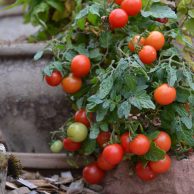
 Our compost tea will be ready this week, hopefully by Friday. Our tea has always been good, but this year we are working on making it even better. Please let us know if you can see good results from using it, and if it seems to be more effective.
Our compost tea will be ready this week, hopefully by Friday. Our tea has always been good, but this year we are working on making it even better. Please let us know if you can see good results from using it, and if it seems to be more effective. XERISCAPE TREES AND SHRUBS for SUN
XERISCAPE TREES AND SHRUBS for SUN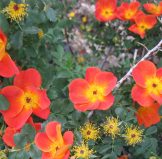
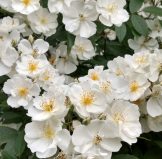
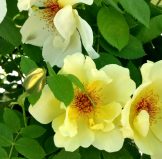
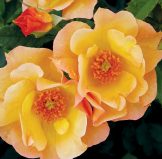
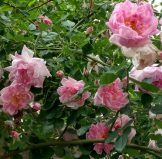
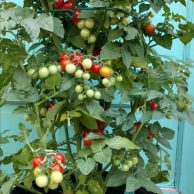 An article in the Guardian caught our eye with the alarming headline ‘Vegetables are Losing Their Nutrients’. It begins with the findings in a 2004 University of Texas study showing dramatic declines in the nutrient content of 43 foods, mostly vegetables, between the mid and late 20th century: green beans have seen a nearly 50% drop in calcium, while asparagus has lost almost half its Vitamin A content.
An article in the Guardian caught our eye with the alarming headline ‘Vegetables are Losing Their Nutrients’. It begins with the findings in a 2004 University of Texas study showing dramatic declines in the nutrient content of 43 foods, mostly vegetables, between the mid and late 20th century: green beans have seen a nearly 50% drop in calcium, while asparagus has lost almost half its Vitamin A content.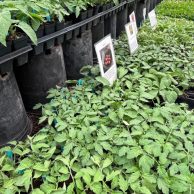 The Peppers are Coming!
The Peppers are Coming! 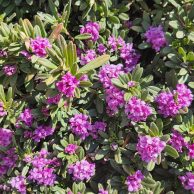
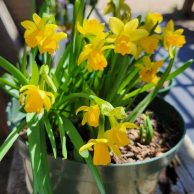 Miss planting bulbs last fall? No worries, we’ve got you covered. Choose from miniature daffodils, chionodoxa, hyacinth, tulips and more.
Miss planting bulbs last fall? No worries, we’ve got you covered. Choose from miniature daffodils, chionodoxa, hyacinth, tulips and more.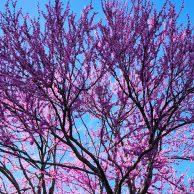 The fields and the foothills are turning green! So many trees are blooming or beginning to leaf out! There is so much energy bursting forth everywhere I look! After the lovely rain last weekend we emerged from our Sunday class to be greeted by the singing of frogs in a big puddle in the parking lot! How can they develop that fast???
The fields and the foothills are turning green! So many trees are blooming or beginning to leaf out! There is so much energy bursting forth everywhere I look! After the lovely rain last weekend we emerged from our Sunday class to be greeted by the singing of frogs in a big puddle in the parking lot! How can they develop that fast???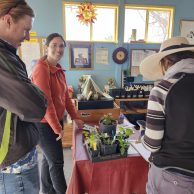
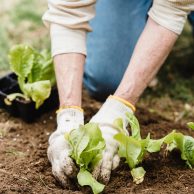 There’s much to do in the garden in April, from finalizing your garden plan, attending to your tools, to the annual spring clean up and pruning and lawn and vegetable garden prep.
There’s much to do in the garden in April, from finalizing your garden plan, attending to your tools, to the annual spring clean up and pruning and lawn and vegetable garden prep.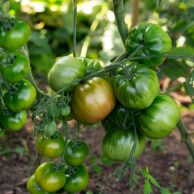
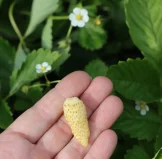
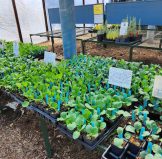 VEGETABLES
VEGETABLES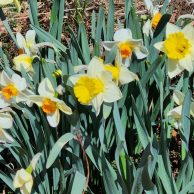 Dear Friends and Fellow Gardeners,
Dear Friends and Fellow Gardeners,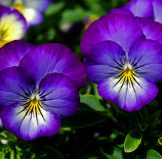
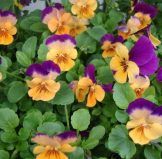
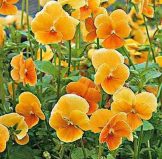
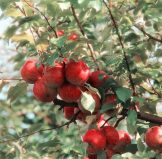 Lots of Fruit Trees: the best cherries, plums and apples for the Front Range!
Lots of Fruit Trees: the best cherries, plums and apples for the Front Range!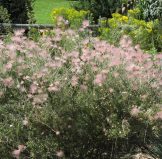
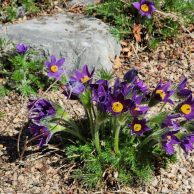
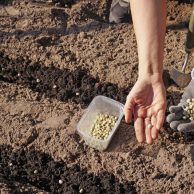 March is bringing us a characteristic tilt of the see-saw that this month always brings. Tank tops can go back in the drawer for a little while, as this week we will see night-time temperatures dipping into the mid-20s. We are expecting rain (~1.6 inches in Boulder, ~3 inches in Denver!), and heavy, wet snow, too. We’ve been here before; no need to panic. And we need the moisture!
March is bringing us a characteristic tilt of the see-saw that this month always brings. Tank tops can go back in the drawer for a little while, as this week we will see night-time temperatures dipping into the mid-20s. We are expecting rain (~1.6 inches in Boulder, ~3 inches in Denver!), and heavy, wet snow, too. We’ve been here before; no need to panic. And we need the moisture!
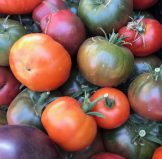 HARLEQUIN’S GARDENS 2024 TOMATO STARTS
HARLEQUIN’S GARDENS 2024 TOMATO STARTS